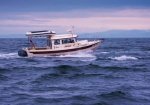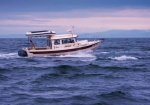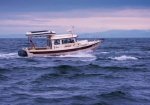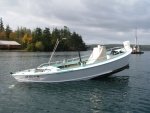Jim from New York
Member
Hi I have a safety question
I know there’s a lot of boating experience here on this site.
I know C Dory boats have nice high freeboard.
But has anybody heard of a big wave flooding a C Dory cockpit and if so how does the the pump handle the removal of water in that dangerous situation ?
With no scuppers you have to count on the bilge pump it must be a slow recovery.
Appreciate any input on the subject
Sure would like to know before something like that should happen.
Keeping it upright
Jim
I know there’s a lot of boating experience here on this site.
I know C Dory boats have nice high freeboard.
But has anybody heard of a big wave flooding a C Dory cockpit and if so how does the the pump handle the removal of water in that dangerous situation ?
With no scuppers you have to count on the bilge pump it must be a slow recovery.
Appreciate any input on the subject
Sure would like to know before something like that should happen.
Keeping it upright
Jim





